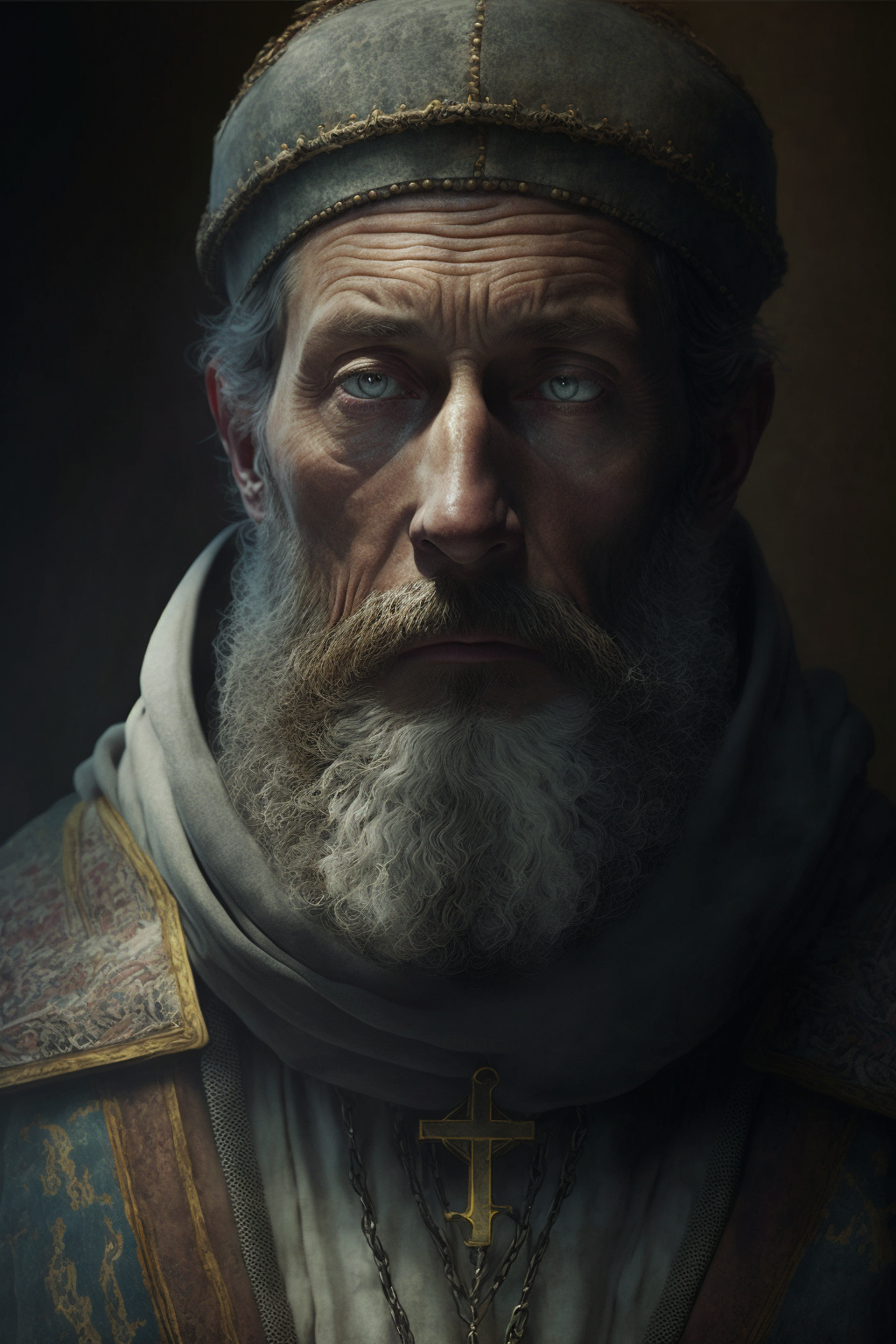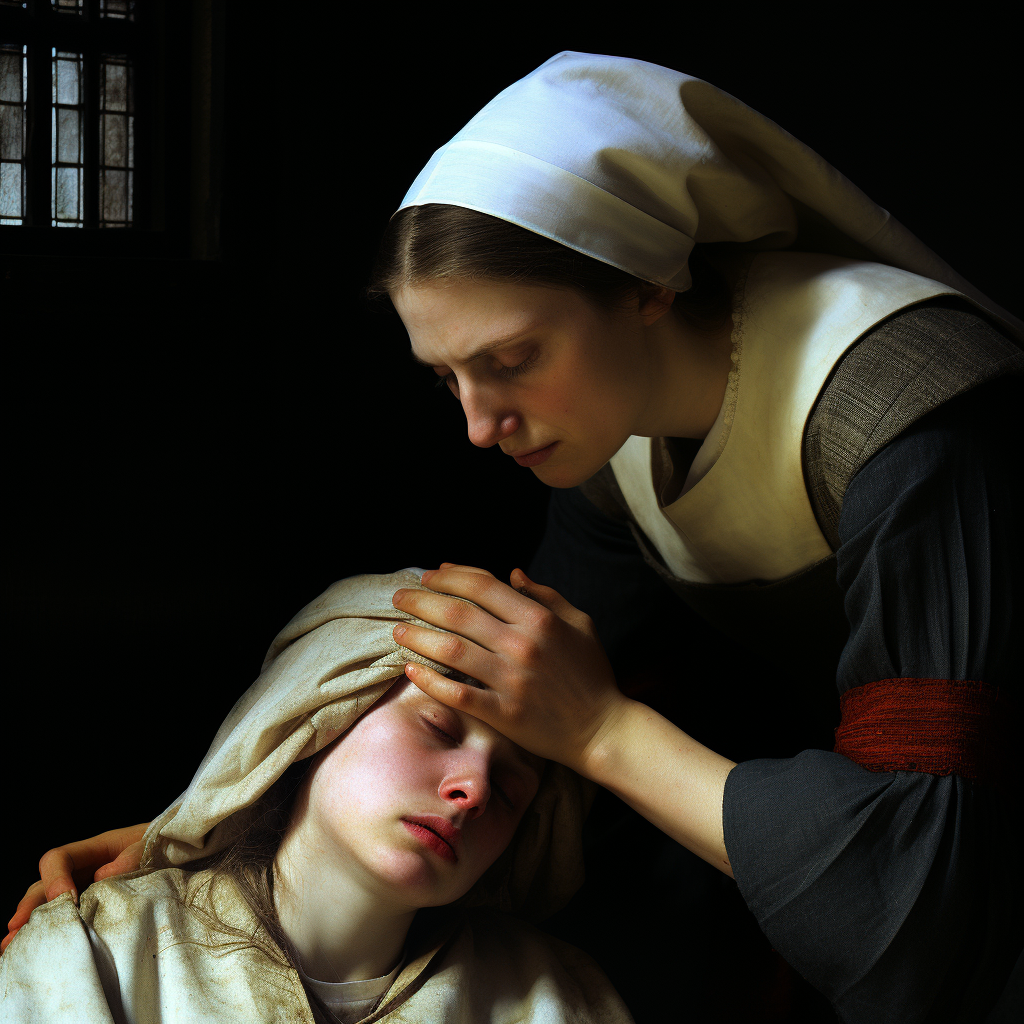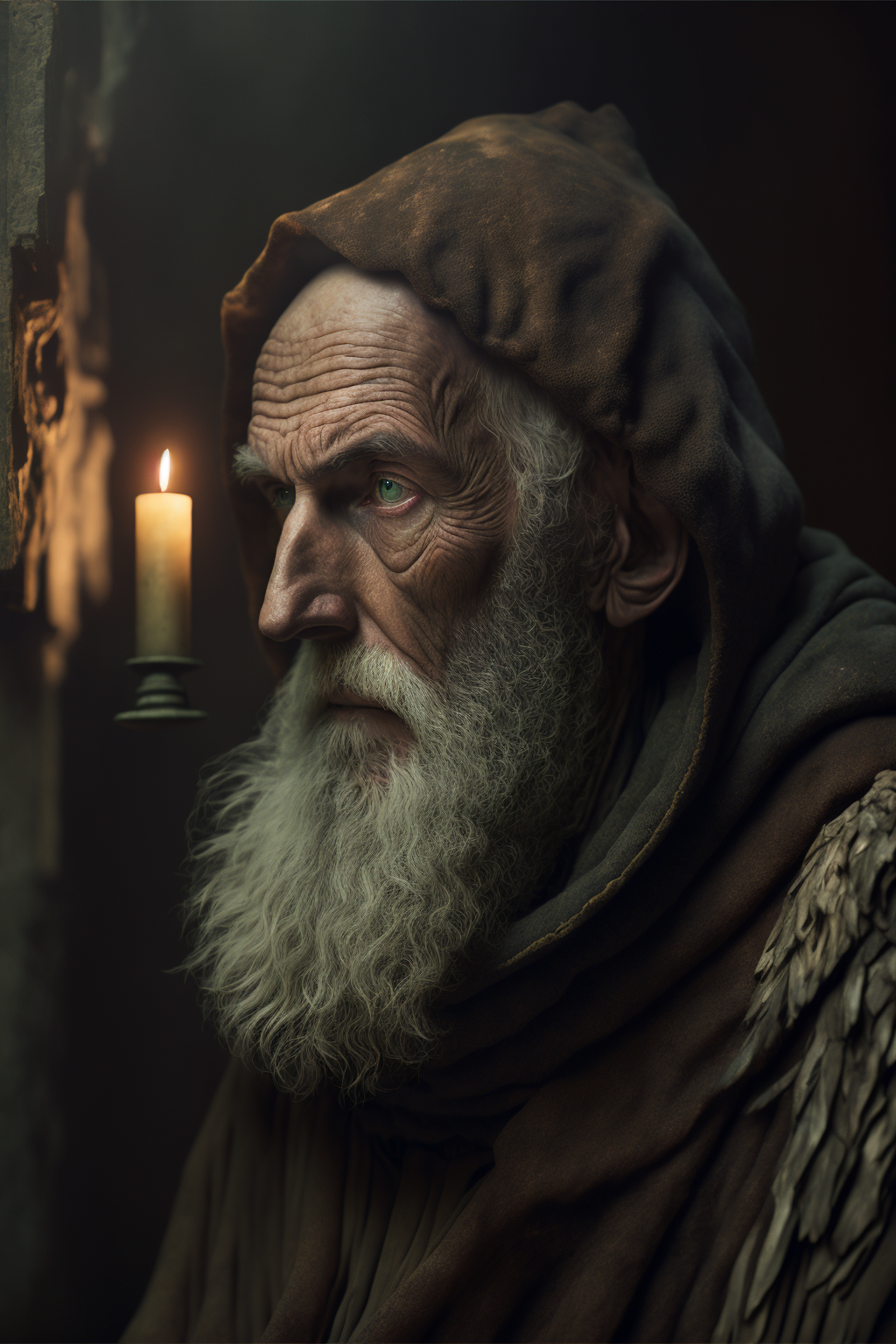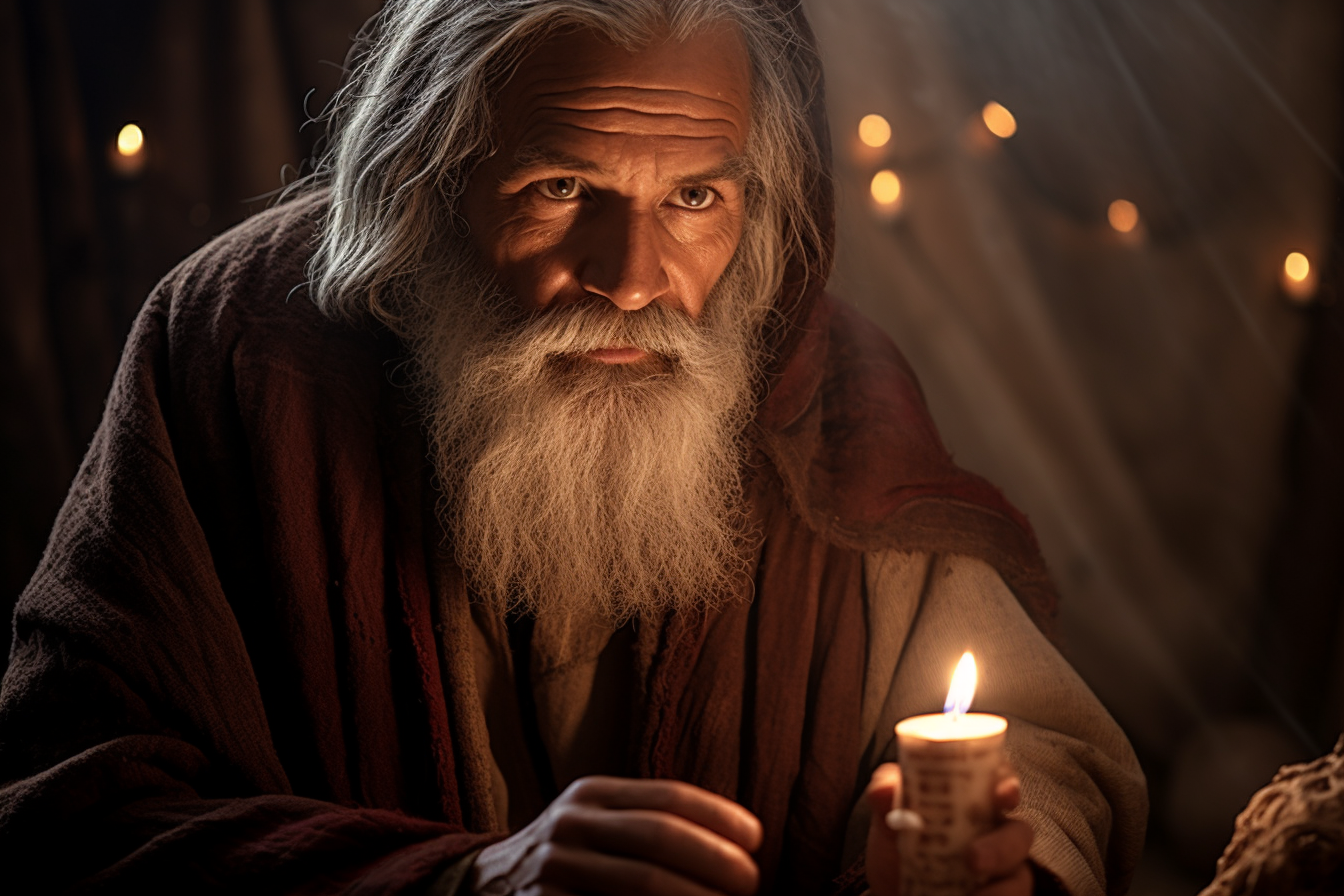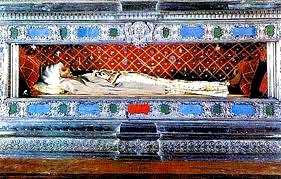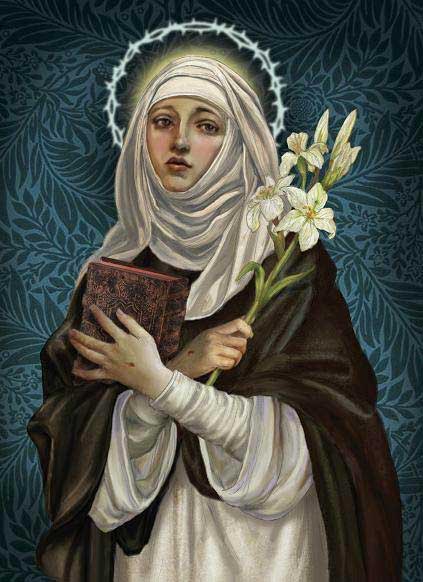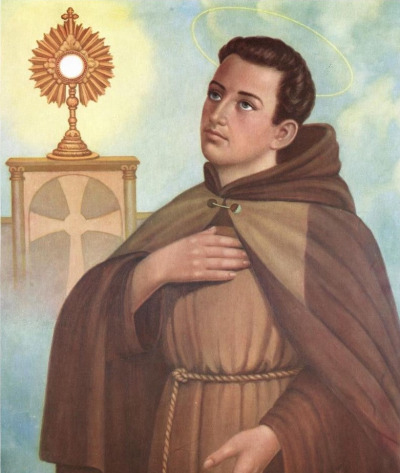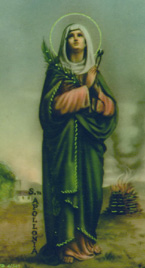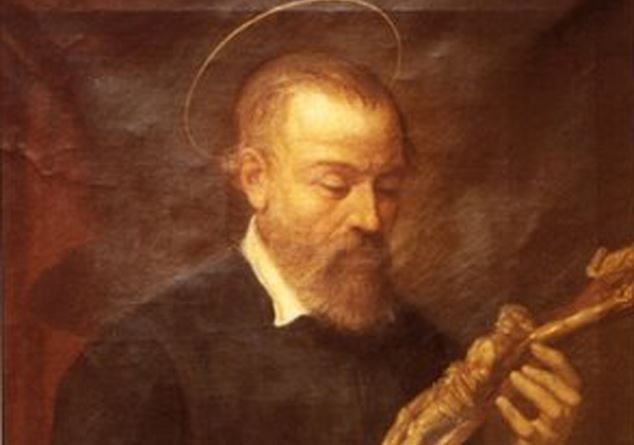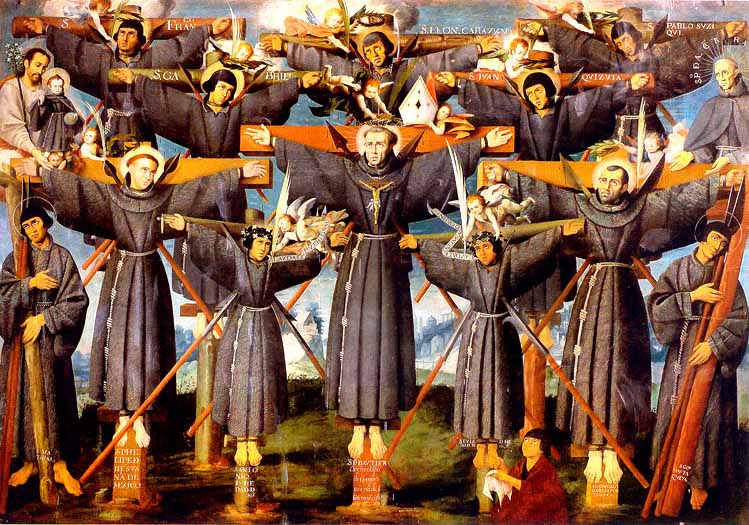When They Lived:
St. Catherine de Ricci lived from April 23, 1522, to February 2, 1590.
Where They Lived:
St. Catherine de Ricci spent her life primarily in Florence, Italy. She was born and lived in the city, and she eventually joined the Dominican Convent of San Vincent in Prato, a town near Florence, where she spent most of her religious life.
Notable World Events During Their Time:
- Scientific Revolution (16th-17th century): St. Catherine de Ricci’s lifetime coincided with the beginnings of the Scientific Revolution, a period marked by significant advancements in science and mathematics. Scholars like Copernicus, Galileo, and Kepler were making groundbreaking discoveries that reshaped humanity’s understanding of the universe.
- Council of Trent (1545-1563): The Council of Trent was a crucial event in the history of the Catholic Church. It addressed various issues raised by the Protestant Reformation and led to reforms within the Catholic Church, as well as the reaffirmation of its doctrines and teachings.
- Exploration and Colonization: The 16th century saw European exploration and colonization on a global scale. Explorers like Christopher Columbus, Ferdinand Magellan, and Vasco da Gama were undertaking journeys that expanded the known world and had far-reaching cultural, economic, and political consequences.
- Elizabethan Era: St. Catherine de Ricci’s life also overlapped with the Elizabethan Era in England. Queen Elizabeth I’s reign (1558-1603) was marked by cultural achievements in literature, theater (with the works of Shakespeare), and the arts, contributing to the English Renaissance.
Their Patronage:
St. Catherine de Ricci is known as the patron saint of artists and against temptations. Her life story, deep spirituality, and connection with the Dominican Order make her a source of inspiration for those in creative fields. As a Dominican nun, she dedicated her life to prayer, self-discipline, and a profound connection with God. Her ability to resist personal temptations and maintain unwavering faith serves as a beacon for individuals striving to overcome their own challenges.
St. Catherine de Ricci’s unique experiences as a contemplative nun in Renaissance Italy make her a fascinating figure to explore, bridging the worlds of faith, art, and science during a transformative period in human history. Her story reminds us that even in the midst of societal changes and intellectual advancements, personal devotion and spiritual resilience can leave a lasting impact on the world.
When She Lived:
St. Catherine de’ Ricci, also known as Catherine de’ Ricci, was born on April 23, 1522, and she lived during the Renaissance period, which was a time of great cultural and intellectual growth in Europe.
Where She Lived:
She spent most of her life in Prato, a picturesque town in Tuscany, Italy. This location was significant as it was not only a hub of artistic and cultural activities during the Renaissance but also the setting for many of Catherine’s spiritual experiences.
Notable World Events During Her Life:
- The Council of Trent (1545-1563): One of the most significant events in the history of the Catholic Church, the Council of Trent aimed to address the challenges posed by the Protestant Reformation. It led to important reforms within the Catholic Church and shaped the course of Christianity.
- The Scientific Revolution (16th-17th centuries): During Catherine’s lifetime, the Scientific Revolution was unfolding, challenging traditional beliefs and paving the way for modern science. This period saw breakthroughs in astronomy, physics, and other fields, leading to a profound change in humanity’s understanding of the universe.
- The Age of Exploration: The 16th century was marked by European exploration and colonization of new lands. This era brought about encounters with new cultures, significant navigational advancements, and the expansion of global trade networks.
- The Life of Galileo Galilei (1564-1642): Galileo, a renowned astronomer and physicist, lived during Catherine’s time. His discoveries, such as the moons of Jupiter and his support for the heliocentric model of the solar system, had a profound impact on science, even though they also brought him into conflict with the Catholic Church.
Her Patronage:
St. Catherine de’ Ricci is the patron saint of artists and against temptations. This is intriguing as she herself lived during a time of artistic flourishing in Italy, and her devotion to resisting worldly temptations exemplifies her spiritual strength. Her life is an inspiration not just for those in the Catholic faith but for anyone seeking to balance a pursuit of beauty and creativity with a strong moral compass. Her story is a reminder that even in the midst of significant historical events, individuals with unwavering faith can make a lasting impact.
Call to Duty
She began attending a school run by nuns at the age of 6 or 7 after she was enrolled by her father, who was from a family of known bankers and merchants. It is there where her zeal for the devotion towards the passion of Christ was developed. Her aunt was a nun there, and she watched over her and administered her catechesis with the help of other sisters.
She went on to join the Convent of St. Vincent at the age of 14, which is a community of sisters who have separated themselves from the rest of society known as the Third Order of St. Dominic. This community had a strict way of life, and that is what was appealing to St. Catherine.
Life as a Sister
During her training, she faced a lot of challenges, as she would have ecstasies and seem like she was sleeping. All this resulted in her dropping plates and food, resulting in members of the community wondering if she was competent enough to be a sister. They also questioned her sanity. These episodes of ecstasies often happened from Thursday noon to Friday 4 p.m.
By the age of 30, St. Catherine had risen in the ranks to become a prioress; this was because other sisters now had an understanding of her behavior spiritually. She is believed to have miraculously held baby Jesus during some of her visions.
St. Catherine engaged in extreme forms of fasting and other forms of sacrifice for the souls in purgatory. She was reported at one point to have appeared hundreds of miles away from where she was physically. She appeared in a vision to Philip Neri, whom she had maintained a long correspondence with.
In her position as a prioress, St. Catherine was an effective and greatly admired administrator. She was also corresponding with three people who were destined to become Popes. St. Catherine also had an advisory role on different topics for bishops, cardinals, and princes, and her advice was greatly sought after.
St. Catherine gave advice through letters as well as in person, and she was very effective in her work with her priorities in place. She was able to provide her services to all social classes, and there are thousands of letters available that are evidence of that.
All these celestial experiences began when she was 20 and continued for the next 20 years. She served as a prioress for 36 years, and she was known as a kind and considerate superior who was very gentle with the sick. She is also known for always being cheerful and merry, with a friendly personality.
Like a Holy person, many people wanted to be close with her, as she received much attention due to her holiness. She received a lot of visitors.
St. Catherine was able to leave the Catholic church with a hymn of passion. That hymn is sung slowly, and it used to be sung in Dominican houses every Friday of Lent, and it is still being sung in many places.
5 Interesting Facts About St. Catherine de Ricci
- St. Catherine is believed to have had miraculous visions and
corporeal encounters with Jesus, both the infant and the adult Jesus.
- She is believed to have spontaneously bled from the wounds of the
crucified Christ.
- A coral ring is reported to have appeared on her finger during
times of deep prayer, and this ring represented her marriage to Christ.
- St. Catherine is believed to have been mystically married and
united with an adult Jesus.
- St. Catherine had stigmata, which are wounds on those areas that
Jesus had the nails drilled through during his crucifixion.
Prayer to St. Catherine de Ricci
Father, we pray that St. Catherine will continue to influence people on earth to be great spiritual leaders, just as she did while here among us. She inspired many people, who in turn inspired many others. Give us the grace to die to ourselves, Lord, that we may be vessels, like Catherine, through whom you reach many. In Christ’s name, we pray. Amen.
